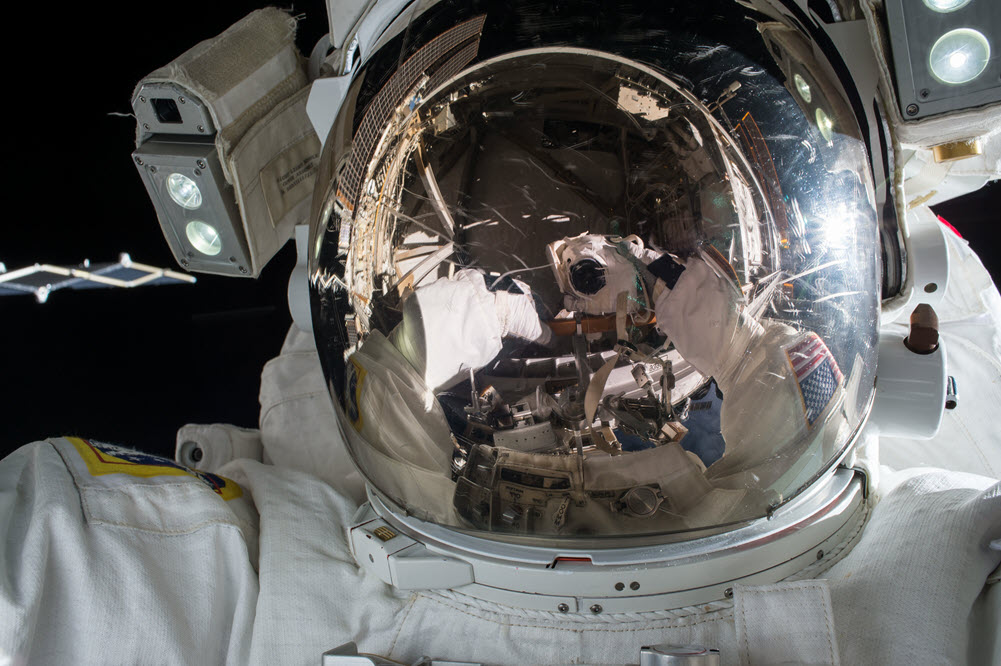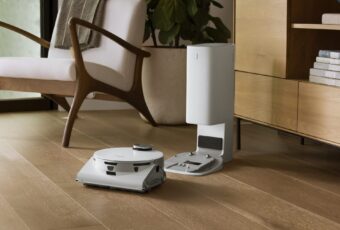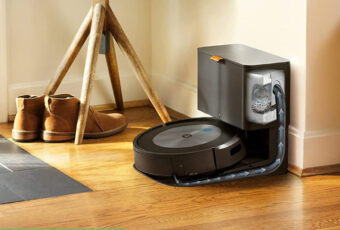The last spacesuits that went to the moon are known as Apollo suits. They were used in the 1970s. There have been many improvements to them, and so the current iteration is based on the Apollo suit design. Therefore, whichever Americans are the next lucky set to visit the moon have an innovative set of spacesuits to look forward to. The original suits were described by many as being both restrictive and clumsy. The new suits solve those problems by being more mobile, allowing easier entry, and implementing better communications. Still, don’t think that you can wear one of these around the house anytime soon.

This suit is known as the xEMU, which stands for Extravehicular Mobility Unit. It is still in a developmental phase, but there has been much progress. In fact, the suit’s features are well past the conceptualization stage and have all been finalized. Testing is currently taking place in an underwater context, and the next phase is orbital testing, which is planned to take place in 2023.
The NASA engineers could have built a new suit from the ground up. However, since the Apollo suits were not a complete disaster, the engineers simply addressed the pain points (sometimes these were even literal) of them since their design was a proven success. Therefore, the xEMU units bear a close resemblance to the ones in which the last set of moonwalkers were hopping about along the lunar surface. This makes sense considering the aim is to give protection from cosmic radiation and a hard vacuum. Building that into a suit’s design is a very straightforward process, and so the aesthetic is bound to look similar.
According to NASA, a spacesuit should be thought of as a personal spaceship for its wearer. Its purpose is to emulate the basic resources provided by the Earth and its atmosphere, while offering adequate protection from outer space’s harsh environment. Since the pieces that go into doing so are standard, there is not much wiggle room for variation.
Therefore, not many changes have been made to some parts. However, others are receiving a major overhaul. The maneuverability features of the suits have gotten numerous upgrades to serve mission purposes and to offer increased safety.
New joints have been added, for example, and the existing ones now have an increased range of motion. A major indication of the inflexibility of the Apollo suits was the “astronaut stance.” The flexibility that has been built into the xEMU units have all but eliminated the factors that led to this. Normal ranges of motion are expected to be easier, and astronauts can now perform movements like lifting objects over their heads or reaching across their torsos.
Getting up and crouching should also be easier with the modifications applied in the leg region. The suits are built with “hiking style” boots, and the knee areas have been built with improved flexibility. Now that all these modifications have been made, people have been left to wonder how they made such large strides in space exploration without such basic functionalities.
The suits are expected to fit better since the sizing is done based on 3D body scanning or anthropometry. NASA is doing this is it helps them to determine the best fit and the optimal pieces needed for any given astronaut.
On that note, modular parts that are easily swapped are a big part of the design of these suits. For example, a surface EVA and an orbital EVA have different requirements. To meet these, the entire lower half of the suit can simply be switched. Additionally, should a helmet’s visor’s protective layer get damaged, replacement has been made a very simple process.
The “Snoopy caps” that used to house microphones inside the helmets are no more as they were highly disliked. More modern voice-activated mics are now used in the new design along with better headphones that are conducive to less sweat.
Lights and a new HD camera have replaced the communications stack. The connection is made by a wireless data link that offers high speeds, which is expected to offer much better live video capabilities.
The new suits have a hatch on the back, which allows for a less awkward donning process with no help required.








